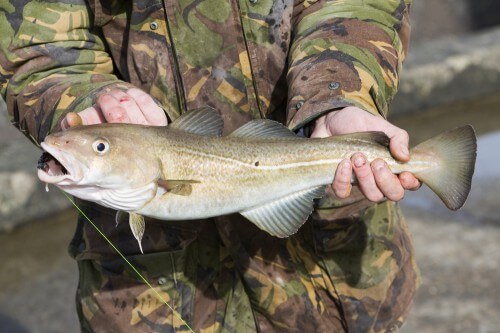Imagine a blood bank or an organ bank where the whole blood and tissues can be kept in a state of stasis, with almost no enzymatic activity, and therefore for a longer time than is currently possible
By: Shimon Bogan

Blood transfusions and organ transplants are life-saving medical procedures. We are all aware of the critical importance of immediate availability and biological suitability for their use, when needed. Imagine a blood bank or an organ bank where the whole blood and tissues can be kept in a state of stasis, with almost no enzymatic activity, and therefore for a longer time than is currently possible.
The gist of the problem:
An ambient temperature of 0 ºC and below may cause stagnation of the water in the body cells. Ice occupies more volume than the same amount of liquid water. Therefore, the great danger of the stagnation of water in the cells is the tearing of the cell membrane and the dispersion of their contents in the environment. In addition, during the graded thawing, there is a danger that in a narrow temperature range around the freezing point, the re-formation of microscopic ice needles will occur, which will pierce the cell walls. The vital biological materials will thereby lose their value and usefulness.
The solution in nature and evolutionary genetics is intriguing:
In organisms living in places where there is a risk of freezing, a special evolutionary adaptation was found: their blood contains an antifreeze substance, which prevents the formation of ice crystals in the blood and cells [1]. Gili Haskin, in his article "Introduction to a trip to Antarctica" [2], describes the fish from the polar subseries. Their survival in the frozen water is an evolutionary biochemical success. The significant lowering of the freezing point in the blood and body is caused by eight types of biological molecules of antifreeze, proteins that are glycopeptides, with a unique composition and structure.
Researchers at the American National Academy of Sciences [3] describe how at the two ends of the earth, the farthest from each other, two completely different species of fish have developed the same genes to produce the same proteins, glycoproteins, to prevent freezing in the hostile marine environment, where the temperature drops below 0ºC due to the salinity the height of the sea water. This is the Antarctic toothfish at the southern end, and the arctic cod fish at the northern end.
The biomimetic technology:
A group of English researchers in chemistry and medicine published in February 2014 [4] the results of a biomimetic study to find a chemical substance that mimics the activity of the anticoagulation proteins AF(G)Ps.
The requirements and expectations:
- The chemical structure and the spatial structure of the substance simulate the sugar proteins.
- The substance is soluble in water.
- The material is very effective in preventing stagnation, the active concentration is as low as possible.
- The substance is non-toxic, has no side effects, and is biologically discharged in the body in a short time.
- The material is simple, available and cheap.
Results:
A. The polymeric material PVA (polyvinyl alcohol) produced excellent results in achieving all the defined goals, at a tiny concentration of 0.1%. This is a concentration 100 times smaller (!) than that of the diluting substance, which is currently used mainly to preserve umbilical cord blood in deep freezing.
Note: PVA - commonly used as a household plastic glue and as an everyday ingredient in make-up and skin care products.
B. The PVA enables cryogenic preservation (freezing in dry ice) and the return of the blood and tissues to full fitness.
third. There is no need to separate the preservative before giving the blood.
From then on, proof of a return to full biological activity and obtaining approvals for clinical and other trials is required, as is customary.
Sources: (click on the links)
[1] According to N. Reibstein, National Center for Biology Teachers, Core Subjects - Ecology).
[2] A second source
[3] A third source
[4] Fourth source

3 תגובות
Avi, the reference is to a concentration 100 times smaller "than that of the diluting substance, which is currently used mainly to preserve umbilical cord blood in deep freezing."
Not compared to 100%, but to another material...
A tiny concentration of 0.1%. This is a 100 times smaller concentration (!)
Should there be a question mark?
or the number 1000
It is appropriate that in a respected place such as:
"Innovation from nature The Israeli Biomimicry Organization"
There will be a correct and accurate approach to the classification and sorting of animals,
It says "two completely different species of fish" …..
A breed is a concept in agriculture or pets that comes to describe a subspecies,
In nature there are no varieties, there are species,
and if necessary refer to: subspecies,
Znim...yuk!